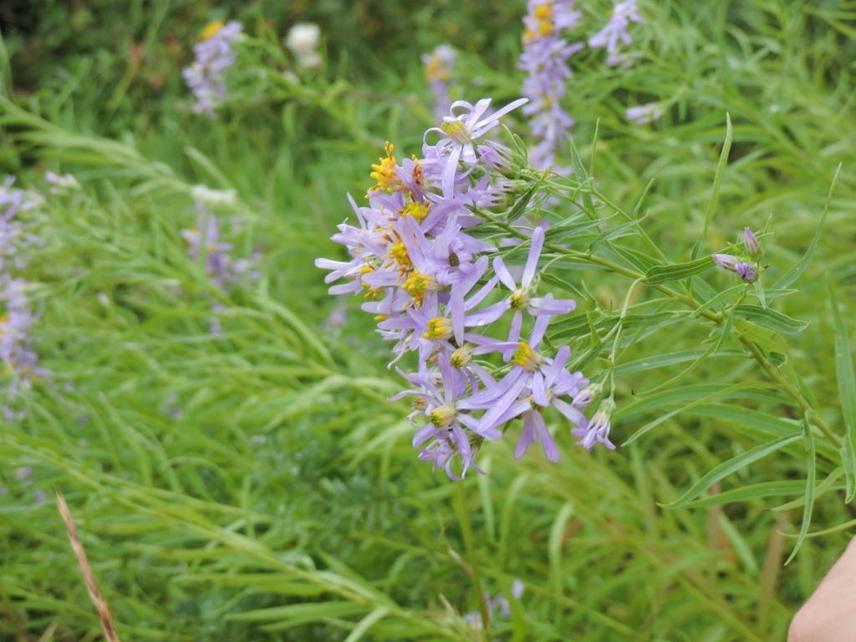Alexey P. Seregin
The aim of the project is a thorough field research of the areas with the highest known concentration of rare plant species. Additional recording efforts will be performed in adjacent areas with similar physical conditions.

In 1999–2011, Dr. Seregin have performed grid mapping of vascular plant flora of Vladimir Oblast (Russia). This project used a grid with 339 squares (ca. 100 square km each). Nearly all grid squares were sampled once with an average recording rate 75%. “Flora of Vladimir Oblast: checklist and atlas” (Seregin et al. 2012) have summarized data on 1,371 native and alien species with ca. 118,000 occurrences on distribution maps. This is the first grid atlas published in Russia. In 2012–2013, 48 grid squares were sampled again, and distribution database contains now 123,054 records with 4,823 new records added after printing of “Flora”. We are going to focus further research on selective thorough search of expected rare species in suitable habitats.
We define a rare species as a native plant species known to occur from one to 20 grid squares. The aim of each day-trip is the recording of the highest possible number of species. It is assumed that in each square we will record at least 100 new species, including not less than 10 rare species. Thus, maps of individual rare species will be supplemented with ca. 300 previously unknown localities. Ca. 3,000 new records will contribute the database.
In 2015, we are going to study 30 grid squares, including 20 squares with the highest number of rare species and 10 adjacent squares. Top-20 squares form several spatial clusters, so we have chosen the following localities for field camps – Vladimir (4 squares), Murom (3), and Melenki (8). Additional squares are scattered throughout Oblast.
Study of flora begins with the preparation of routes using satellite images. They should link known localities of rare species and areas of potential interest. Our experience suggests that exact route planning helps to avoid delays and fruitless searches. During the field trip we are recording species in printed spreadsheets. Plants that are difficult to identify in field are collected in herbarium. All populations of rare species are georeferenced by GPS as point or polygon, and a brief description is compiled. Previously known localities of rare species are revisited.
Main outcomes of the project will be achieved in three areas of practical conservational activities:
(1) preparation of the second edition of the Red Data Book of Vladimir Oblast (2018)
(2) establishment of new protected areas
(3) monitoring of rare plant species populations.